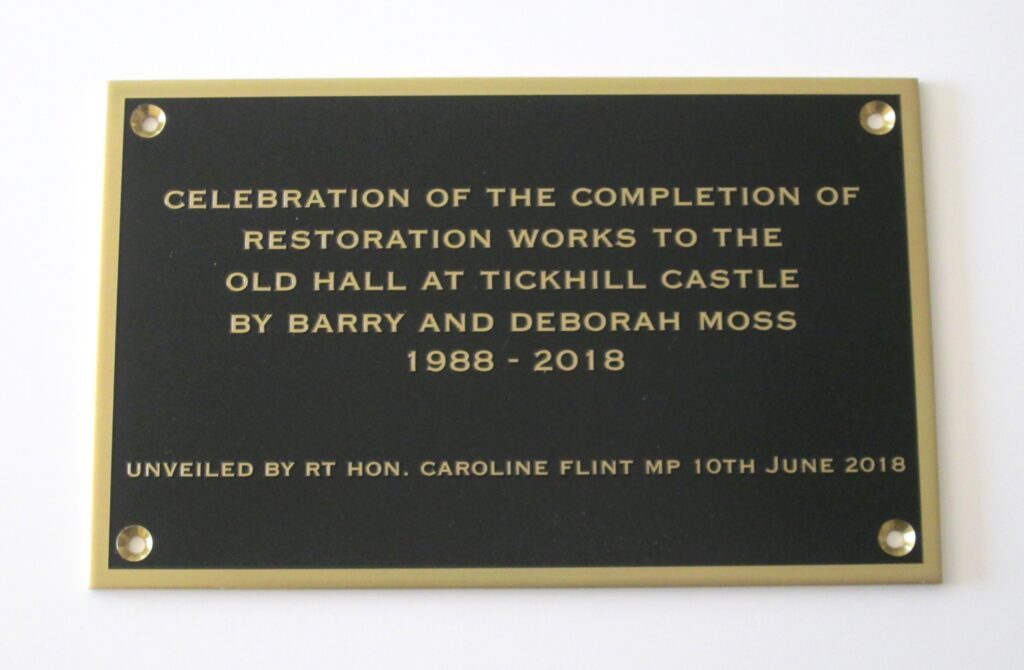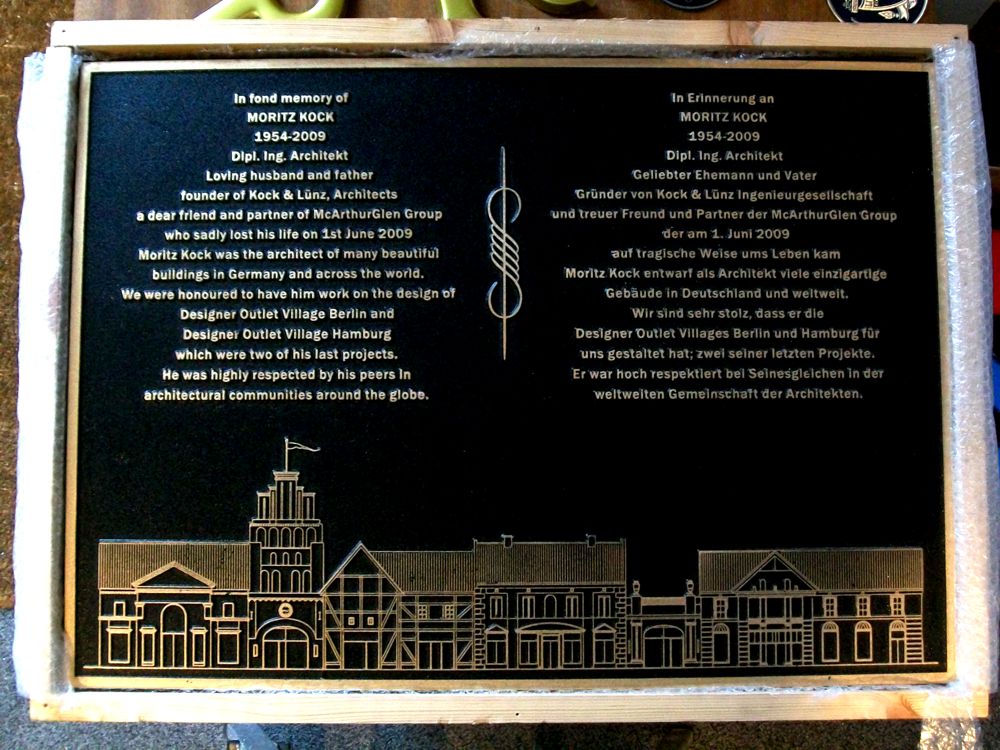DURABLE GRAPHICS FOR DEMANDING EXTERIOR SETTINGS. Our digital anoprinting technology has been meticulously tailored to cater specifically to the needs of extreme environments. It meets stringent specifications, making it ideal for applications like cruise ship decks, where surface prints, even when laminated, rapidly deteriorate. As the graphics are genuinely sub-surface, there is no risk of peeling or scraping off, and the anodized aluminium proves inert, resilient to solvents, acids, and even paint strippers.

Digital anoprinting is a cutting-edge technique designed to embed full-color graphics within the robust anodized layer of aluminum. This method proves particularly effective for interior wayfinding signage in demanding environments like schools, where conventional signage is prone to damage. In settings where surface prints are susceptible to wear, such as museum displays, digital anoprinting enables the utilization of vibrant color graphics that withstand heavy use without fading.
Our digitally anoprinted signage holds certification for passing BS 476: Part 6: 1989 + A1: 2009 – Fire Propagation and achieving Class 1: BS 476: Part 7: 1997 – Surface Spread of Flame, ensuring its safety for use in high-rise buildings. It also complies with low smoke, zero halogen requirements, making it suitable for deployment in trains, aircraft, and other areas with specified standards.
The graphics are intricately formed within the aluminium oxide surface during the anodizing process. Utilizing a CMYK colouring system eliminates the need for white, allowing images to seamlessly blend into the surface. In instances where white graphics are essential, we employ specialized techniques to achieve this effect.







